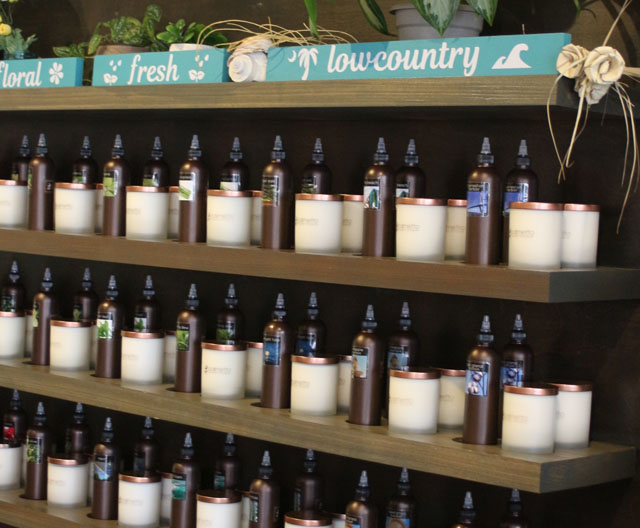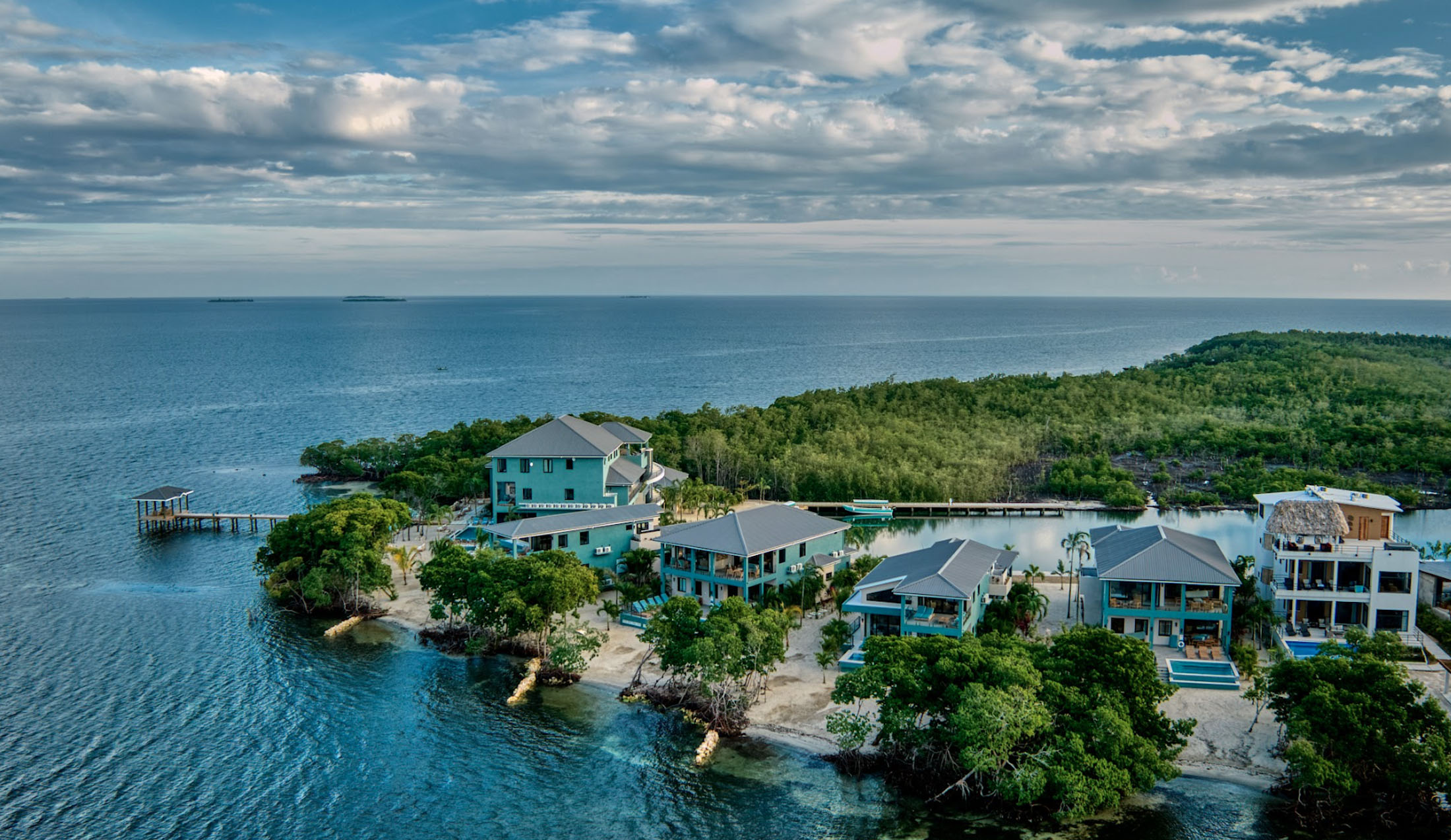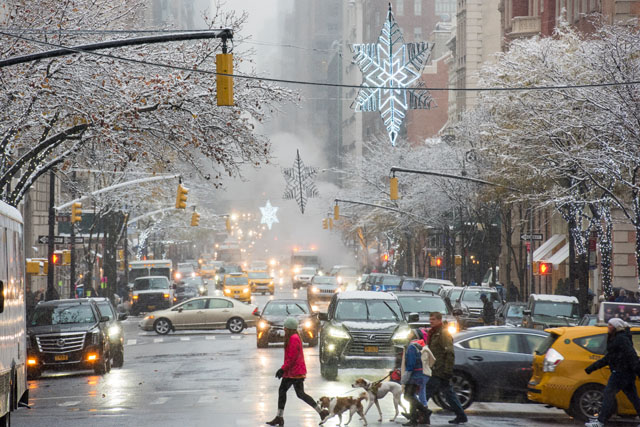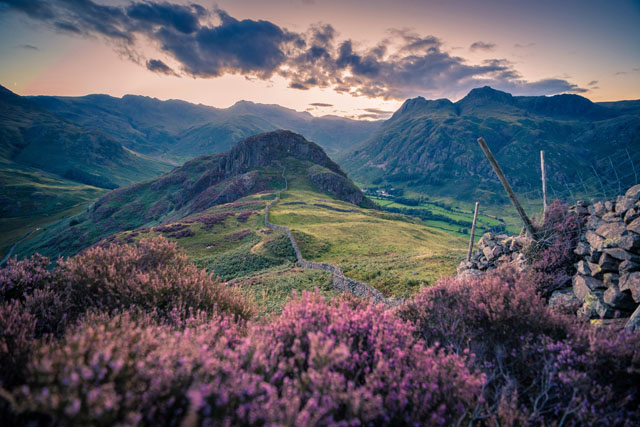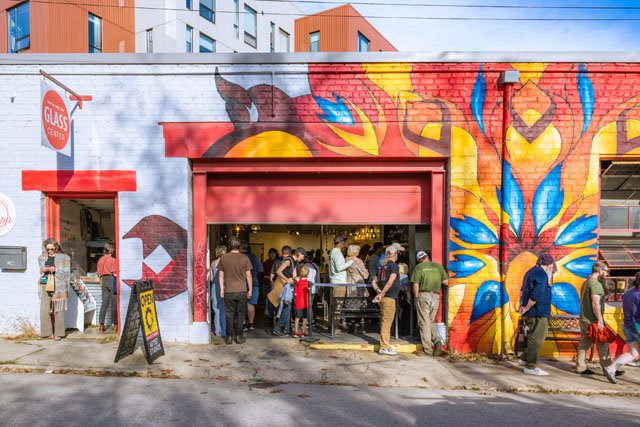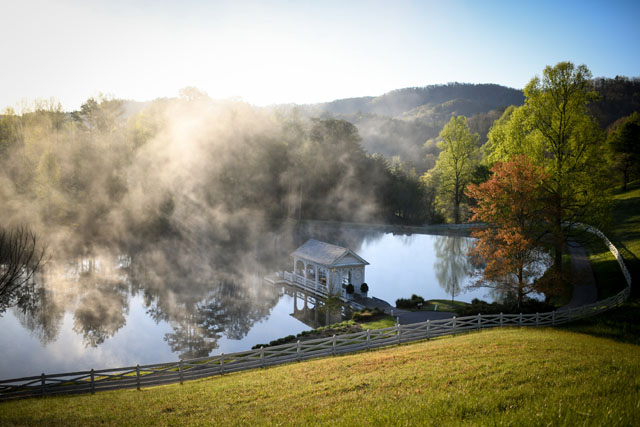Reflection and Exploration in France
03 Jan 2024
Normandy is filled with atmospheric small towns, gorgeous landscapes and a remarkably relevant history
By Katie McElveen
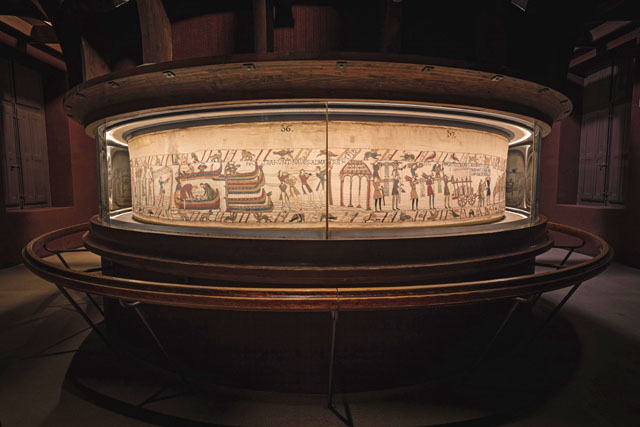
Have you ever visited a place that ended up being completely different than what you had expected? It happened to me in Normandy.
We made plans to go because we felt that, as Americans, it was a pilgrimage we needed to make, a journey that would allow us to contemplate our gratitude to the thousands of soldiers who gave their lives 80 years ago in June of 1944. But it wasn’t until I stepped out onto the bluff of Omaha Beach that I realized the full magnitude of the D-Day assault and the months-long battle that followed it.
Nor had I thought about the lasting impact of the operation on the thousands of families who lived along that storied coastline. As we drove from our hotel in Bayeux to the D-Day beaches, I was amazed to see that, here and there, troop carriers, landing craft, tanks and other large pieces of war machinery remain in full sight. There are memorials, too, some beautiful, others ugly, a testament to the brutality of war. All of them generated a flood of emotions—sadness, awe, appreciation—that I didn’t see coming.
Not knowing what to expect, we had hired a private guide, which allowed us to take in what we could at our own pace. Johann, who we found through Airbnb Experiences, is an historian who grew up in Bayeux and was so captivated by the history of D-Day that he spent a year after college tracking down and interviewing U.S. veterans who had been at Normandy during the assault. As we walked, he shared stories that brought the bunker-studded shoreline to life in a way I hadn’t thought possible.
For those visiting, do plan on walking. A lot. At the Omaha Beach site, where we spent most of our time, trails wind along the bluffs and down to the sand, passing menacing ramparts where German soldiers had sat, hidden, until the Allies arrived. It’s here, too, that you’ll find the American Cemetery, which was deliberately planted with trees and shrubs that are native to the United States so that service men and women would be forever surrounded by a familiar landscape.
It might be tempting to cram a visit to the D-Day beaches into a marathon day trip from Paris, but, if you can, consider spending at least two nights in the region, which will give you time to take in not just the beaches, but a bit of the surrounding area as well. It’s worth the time: Normandy is filled with atmospheric small towns, gorgeous landscapes and a remarkably relevant history that goes back to the 10th century, when Rollo, a Viking warrior who stuck around after conquering the region, became the first Duke of Normandy. His line continues today through England’s royal family.
We’d chosen to base ourselves about 20 minutes away from the beaches in a town called Bayeux. And here was my second surprise: Given Bayeux’s proximity to the coast, as well as its historic significance, I assumed it would be a touristy town with little or no real atmosphere. Instead, I found a city that not only celebrates its traditions and foodways, but does so in a historic district devoid of any internationally-known boutiques or restaurants.
We found that the preferred tipple is local cider, which has been produced in the region since the first monks arrived and realized that apple trees did better in the cool, coastal climate than grape vines. Calvados, the powerful eau-de-vie made from distilled cider, runs a close second. Aged for at least two years in oak, the brandy-like elixir is deep mahogany in color, with just a hint of apple. Calvados is also an integral part of the Trou Normand, a mid-meal custom that involves a toast followed by the quick downing of a small glass of Calvados, either on its own or with a small scoop of apple sorbet floating in the glass.
Set close to the sea but with ample grazing land for cows and sheep, Normandy’s environment and landscape produce a delicious bounty that includes flavorful meats; seafood galore (particularly oysters and scallops)and, of course apples, which show up in indulgent pies and tarts. Anything made from local milk—cheese, yogurt, even butter—is notable enough to warrant every calorie.
Bayeux is also the home of the Bayeux Tapestry, a nearly 225-foot long, hand-stitched work of art that tells the story of the 1066 Norman invasion and, along the way, shares details of life in the 11th century, all with remarkable accuracy. Though commissioned to decorate the Bayeux Cathedral, the tapestry spent more than 600 years traveling throughout France before being returned to the cathedral in 1812. In 1983, it was moved to the former Bayeux Seminary, where it can be viewed through a specially-built plexiglass vault.
We stayed at the 28-room Villa Lara, a family-owned hotel located in the center of town. Rooms are large, well-appointed and individually decorated; the small bar on the ground floor is staffed by friendly bartenders happy to offer impromptu Calvados tastings to visiting Americans.
Normandy will be forever associated with World War II and D-Day—especially in 2024 marking the 80th anniversary of the invasion. I’m grateful I was able to pay my respects to the past while at the same time exploring a remarkably beautiful, historic and authentic region.


